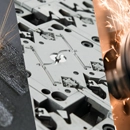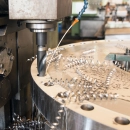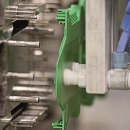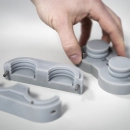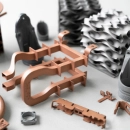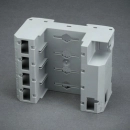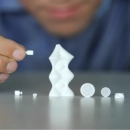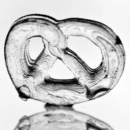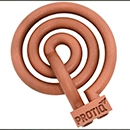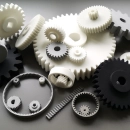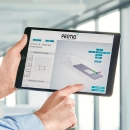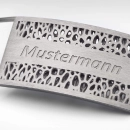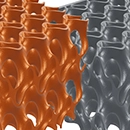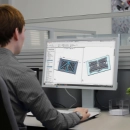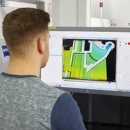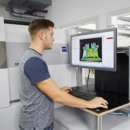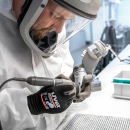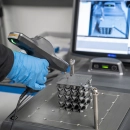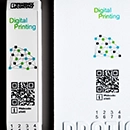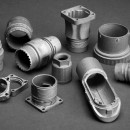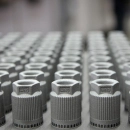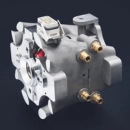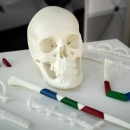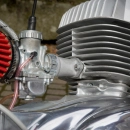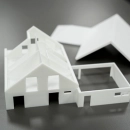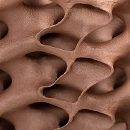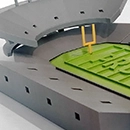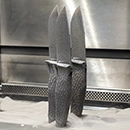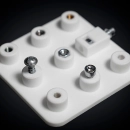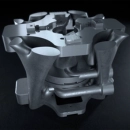Accuracy
Accuracy in manufacturing and particularly in the context of 3D printing describes the extent to which a manufactured object corresponds to the specified target dimensions and specifications. High accuracy means that the printed parts adhere very precisely to the intended dimensions and shapes, which is crucial for ensuring that components fit together correctly or have the desired functional properties.
The accuracy of a 3D printer depends on various factors, including the calibration and quality of the machine, the materials used and the parameters of the printing process such as layer thickness and printing speed. Even the smallest deviations can have an impact on the accuracy of fit and functionality of the printed parts. It is therefore essential to regularly adjust and maintain the printing systems to ensure the best possible accuracy.
In 3D printing, accuracy is one of the biggest challenges, especially when complex geometries or functional assemblies are required. Engineers and designers often use software tools to check designs before the printing process and make any necessary adjustments.
The importance of accuracy goes beyond simply meeting dimensional tolerances; it is central to the quality and reliability of products in demanding applications such as medical technology, machine building and aerospace, where high precision is essential. An exact match with the target dimensions not only ensures the functionality of the end product, but also its safety and durability in use.



 Deutsch
Deutsch English
English Italiano
Italiano